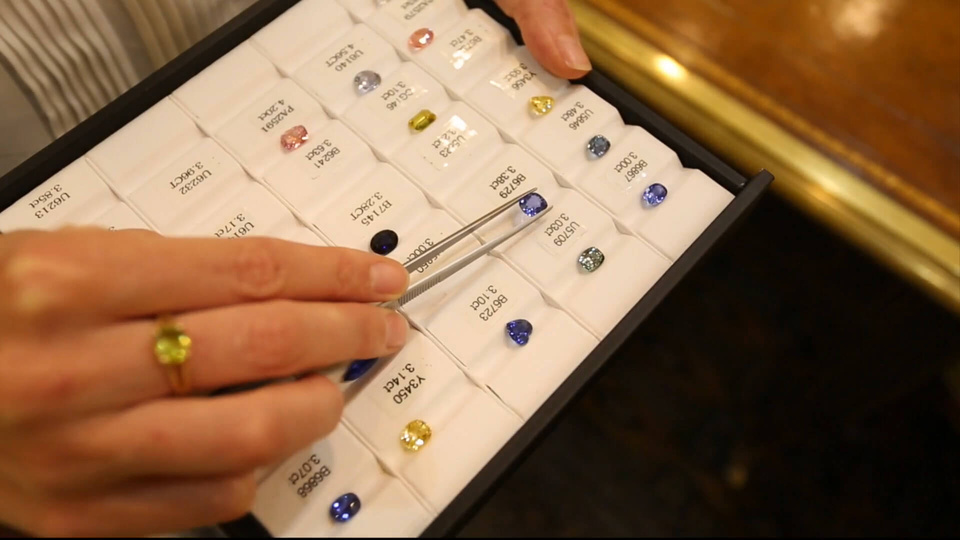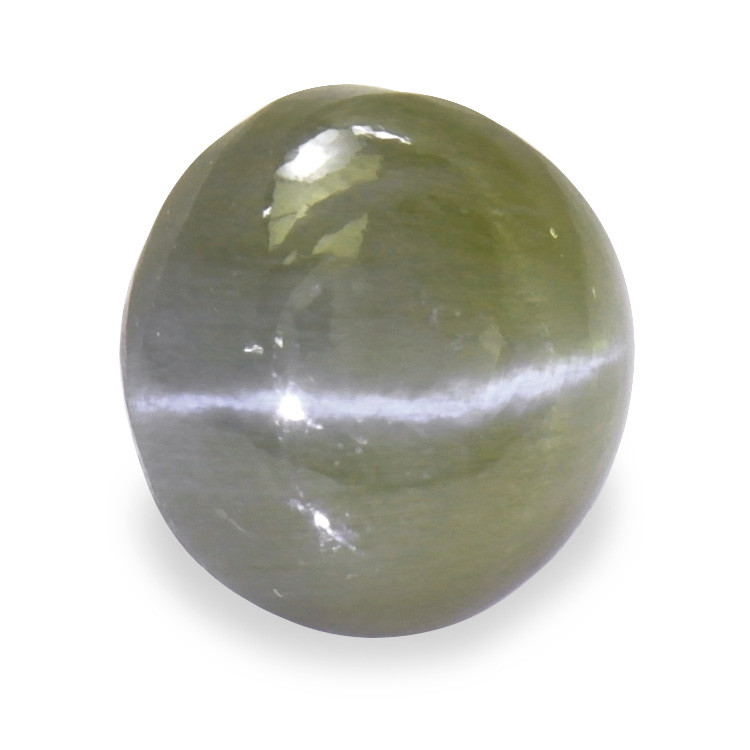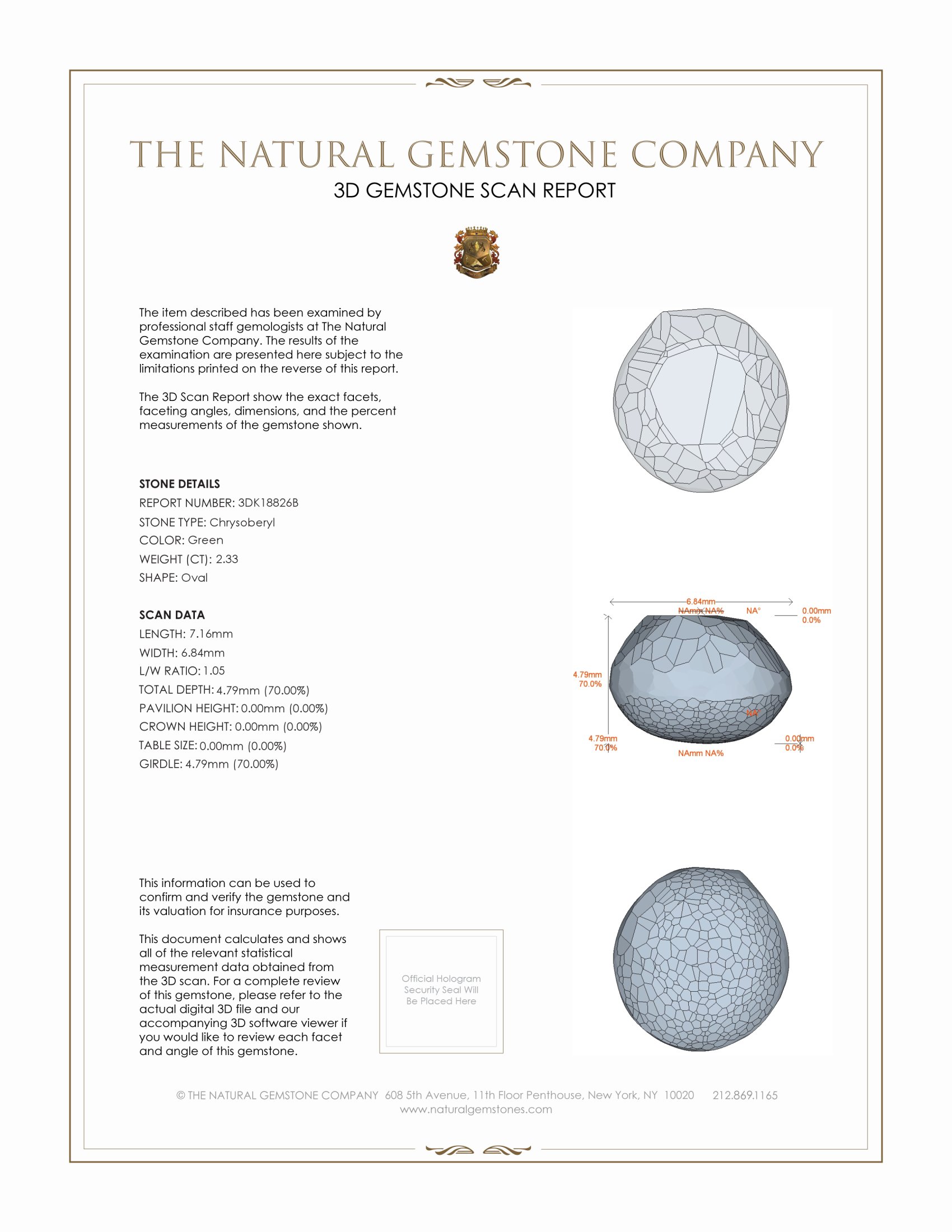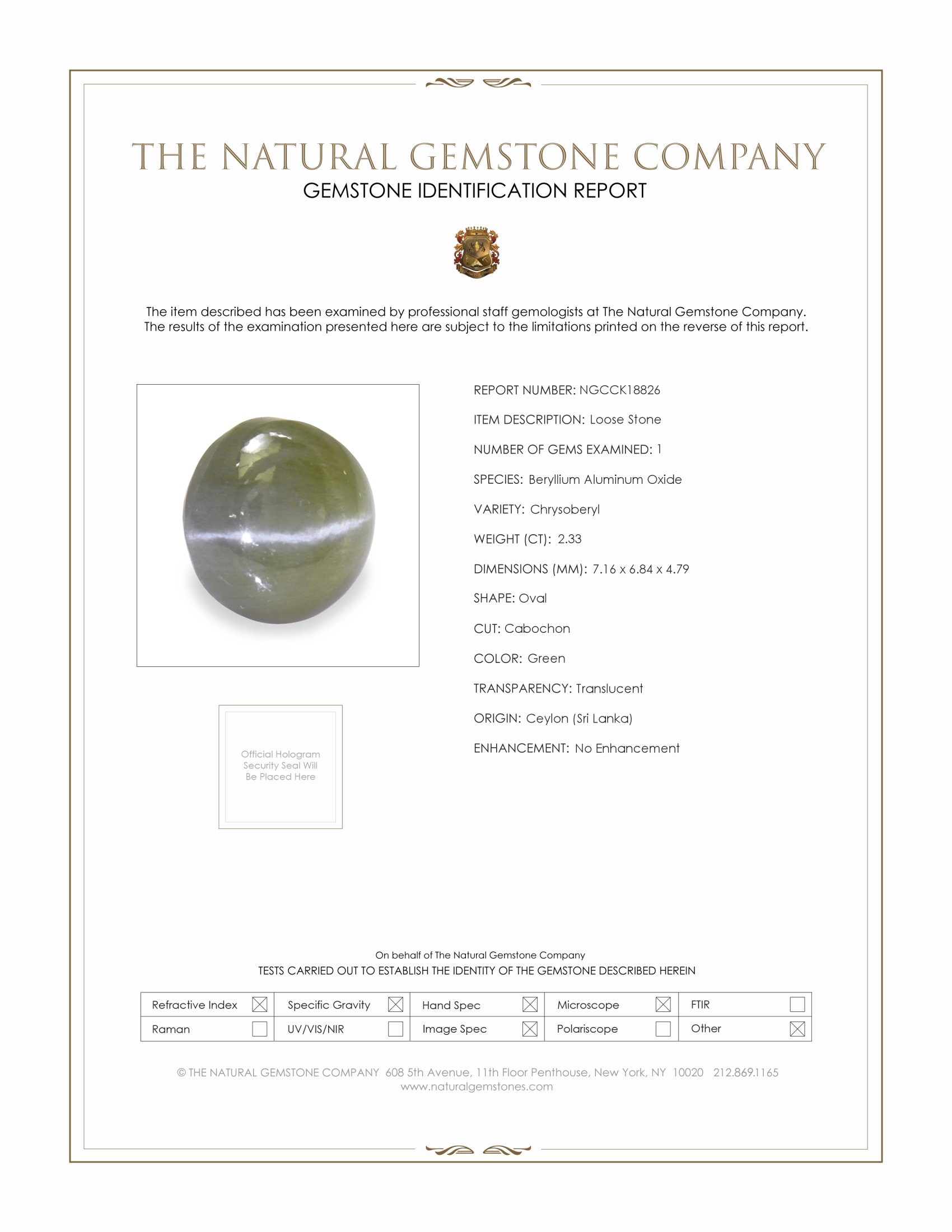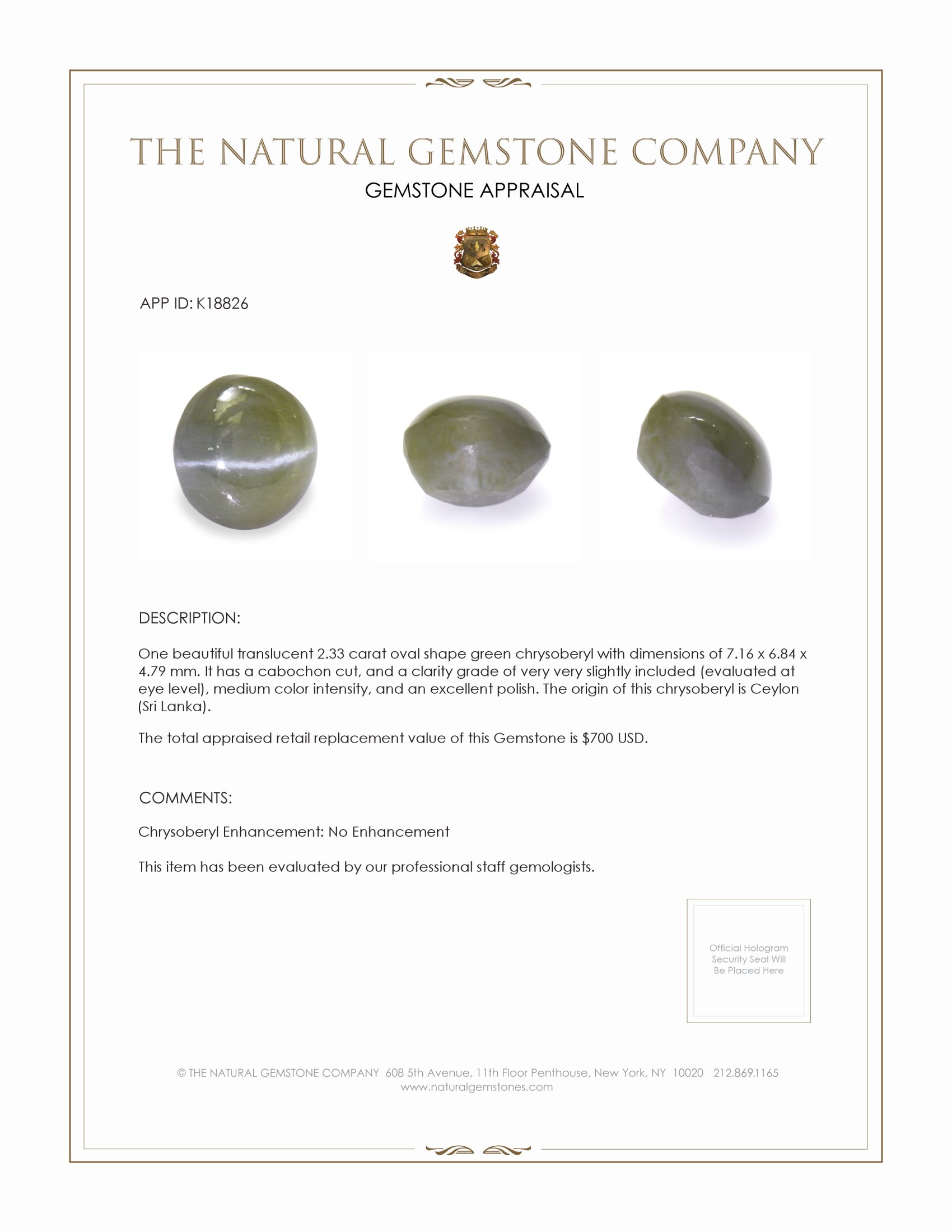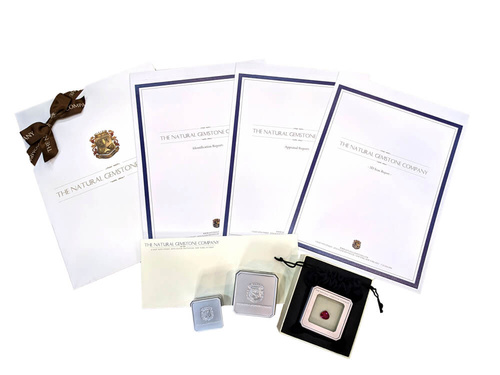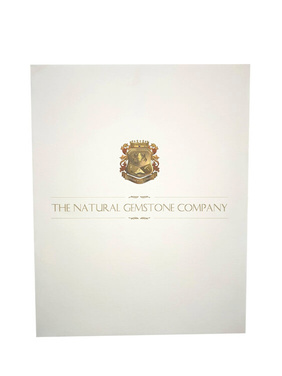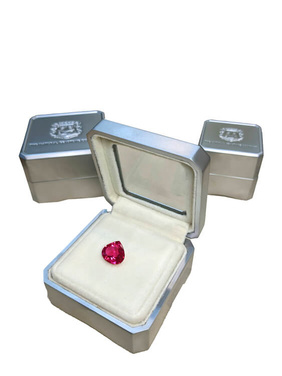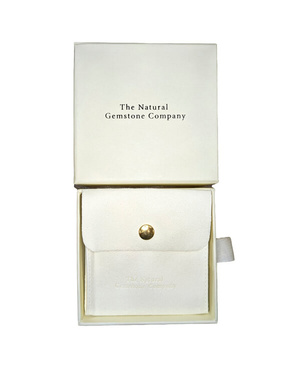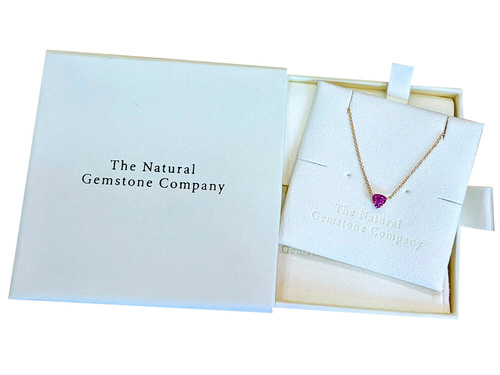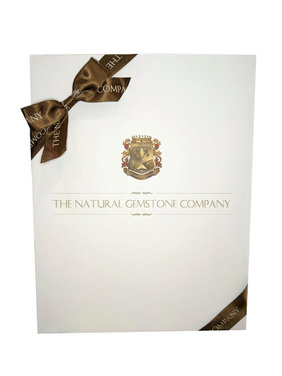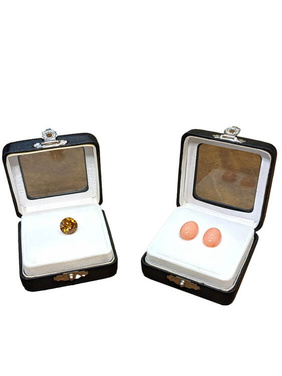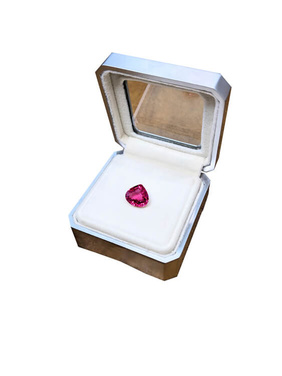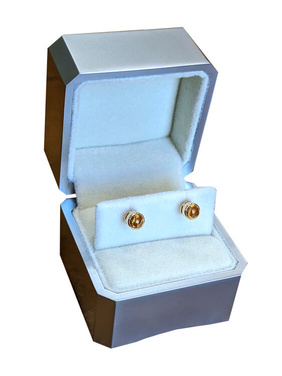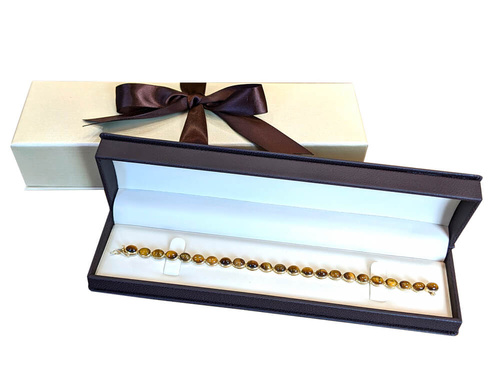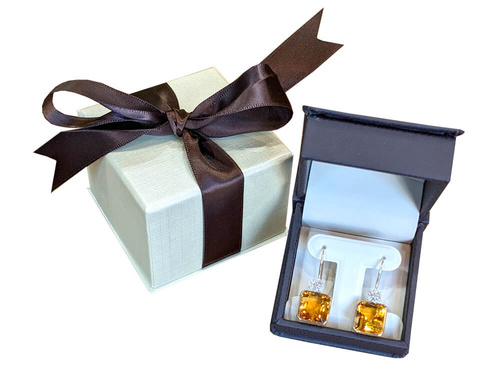- Stone16
- Reports3
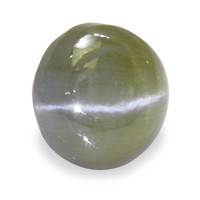

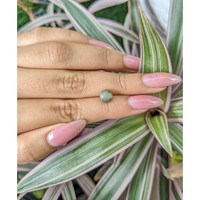
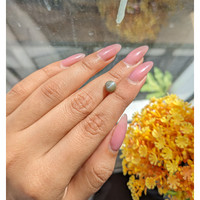
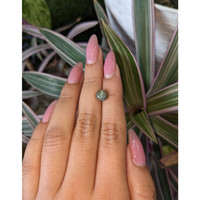
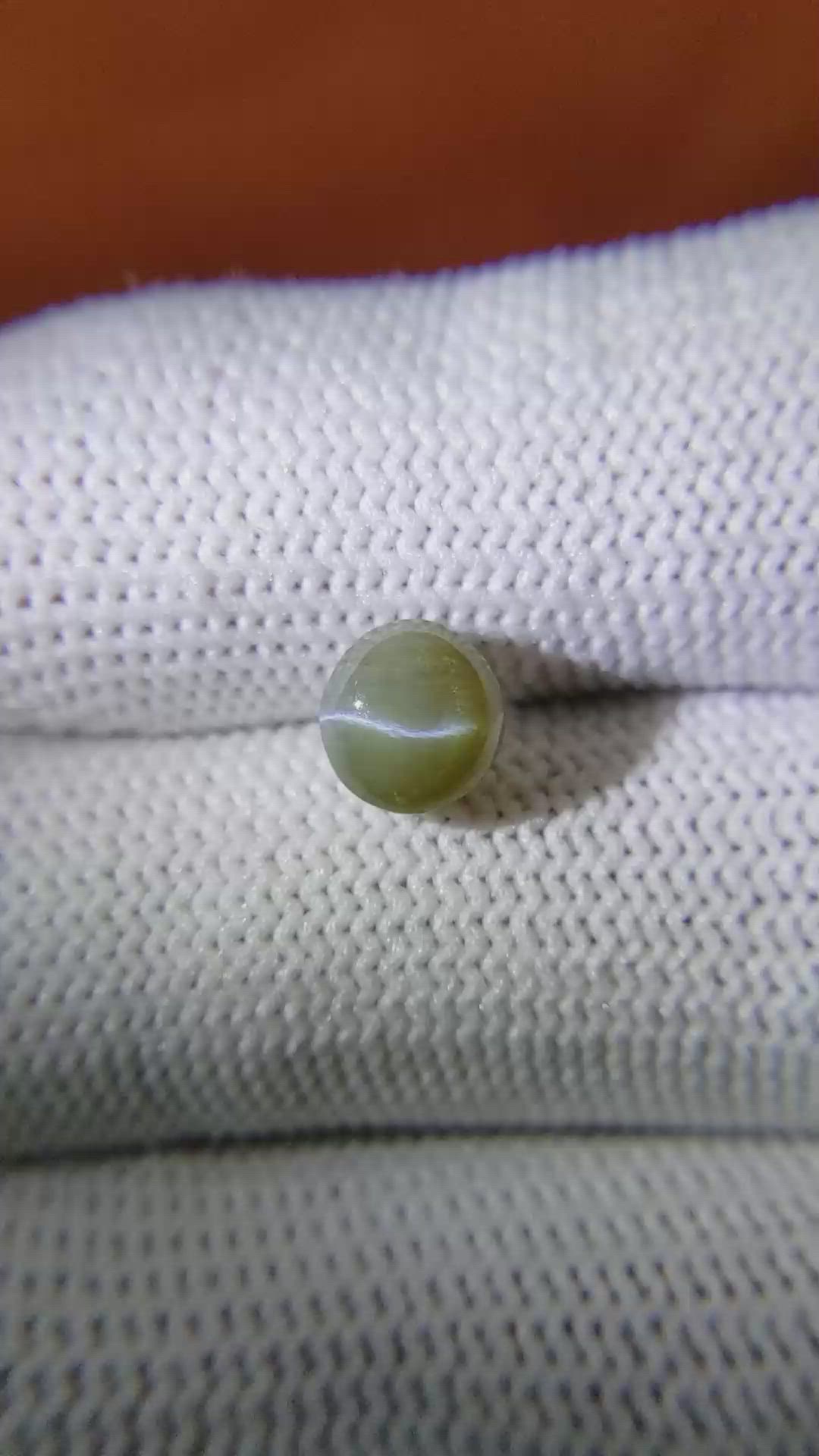
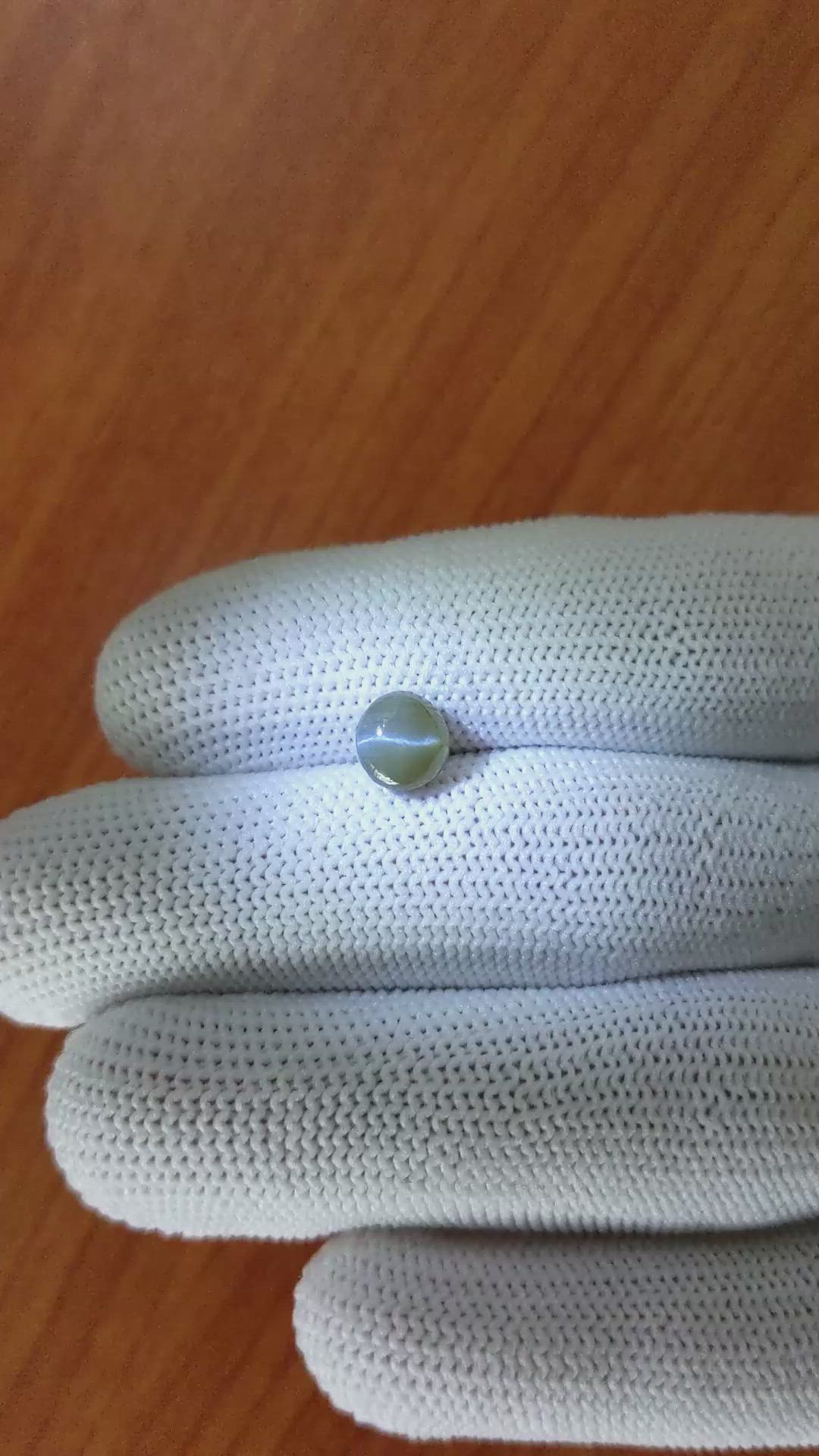
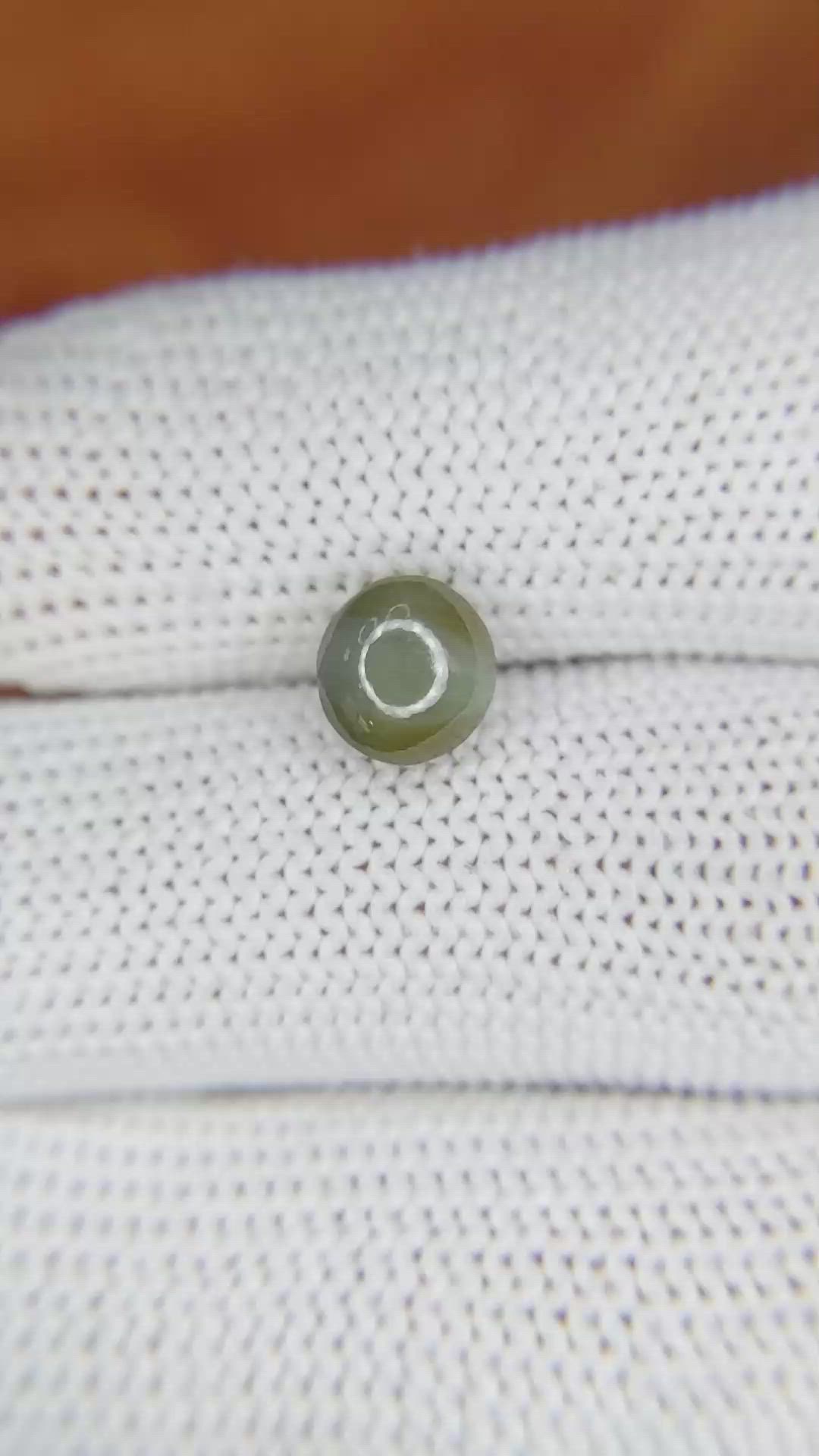
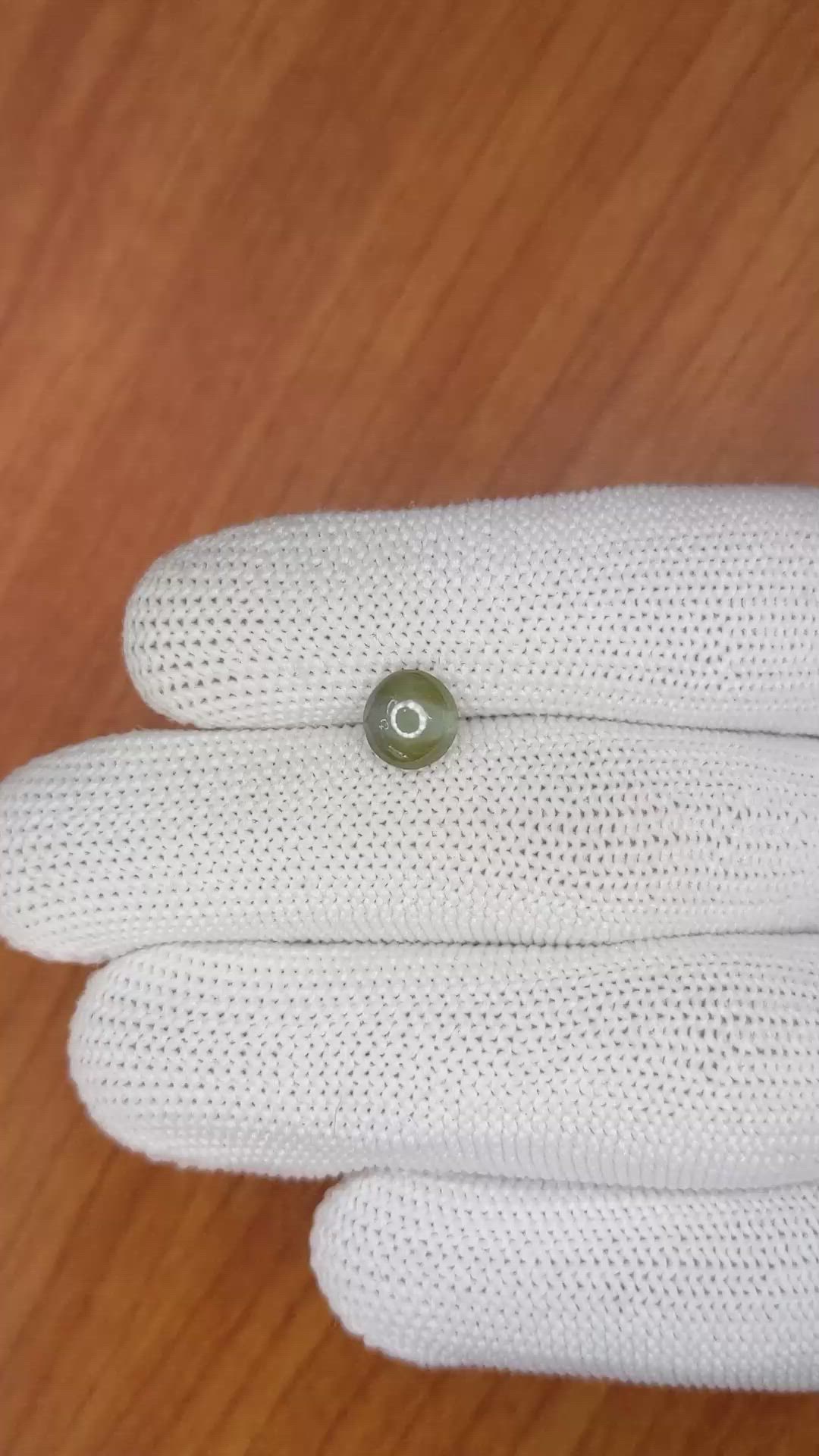
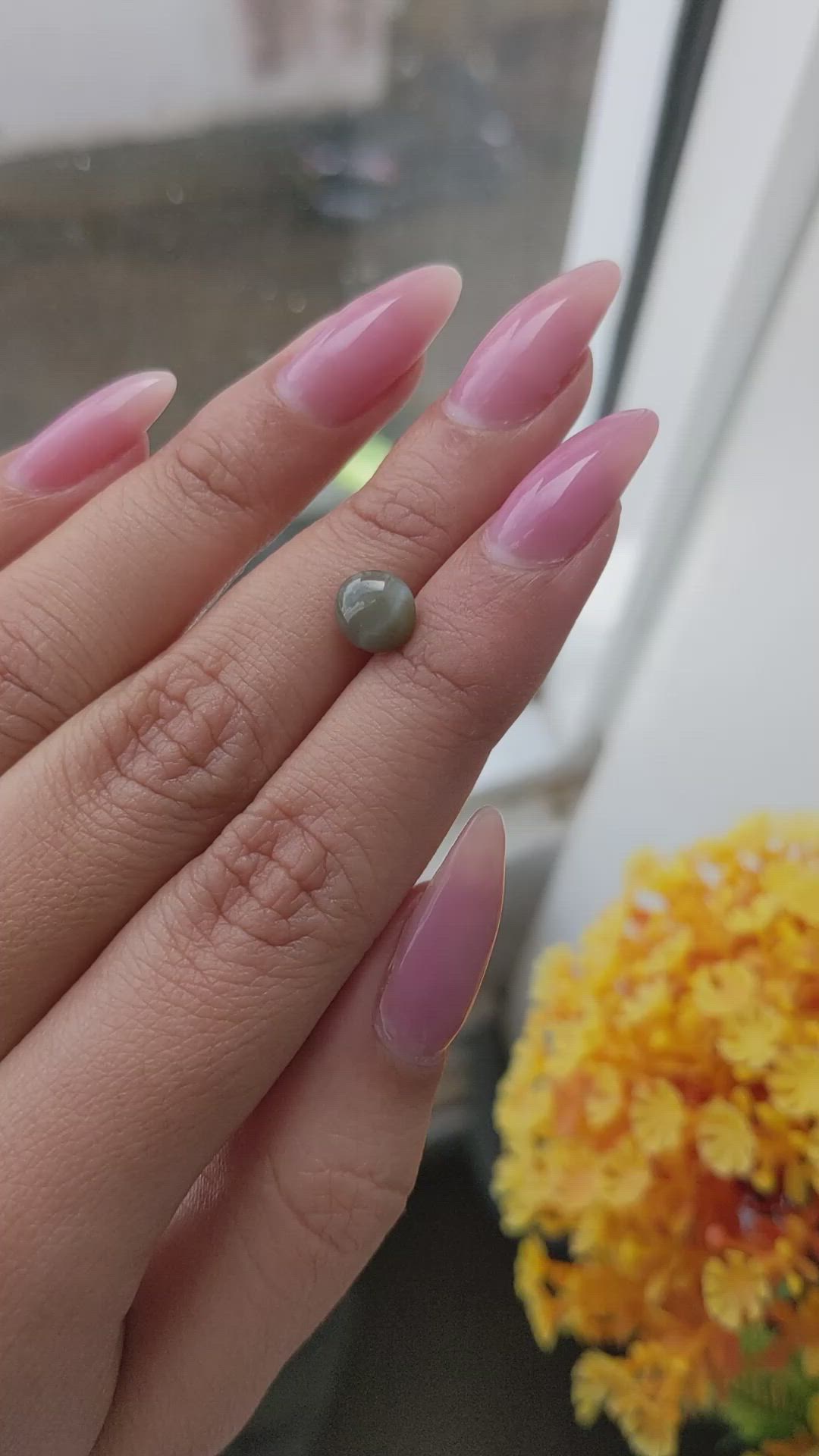
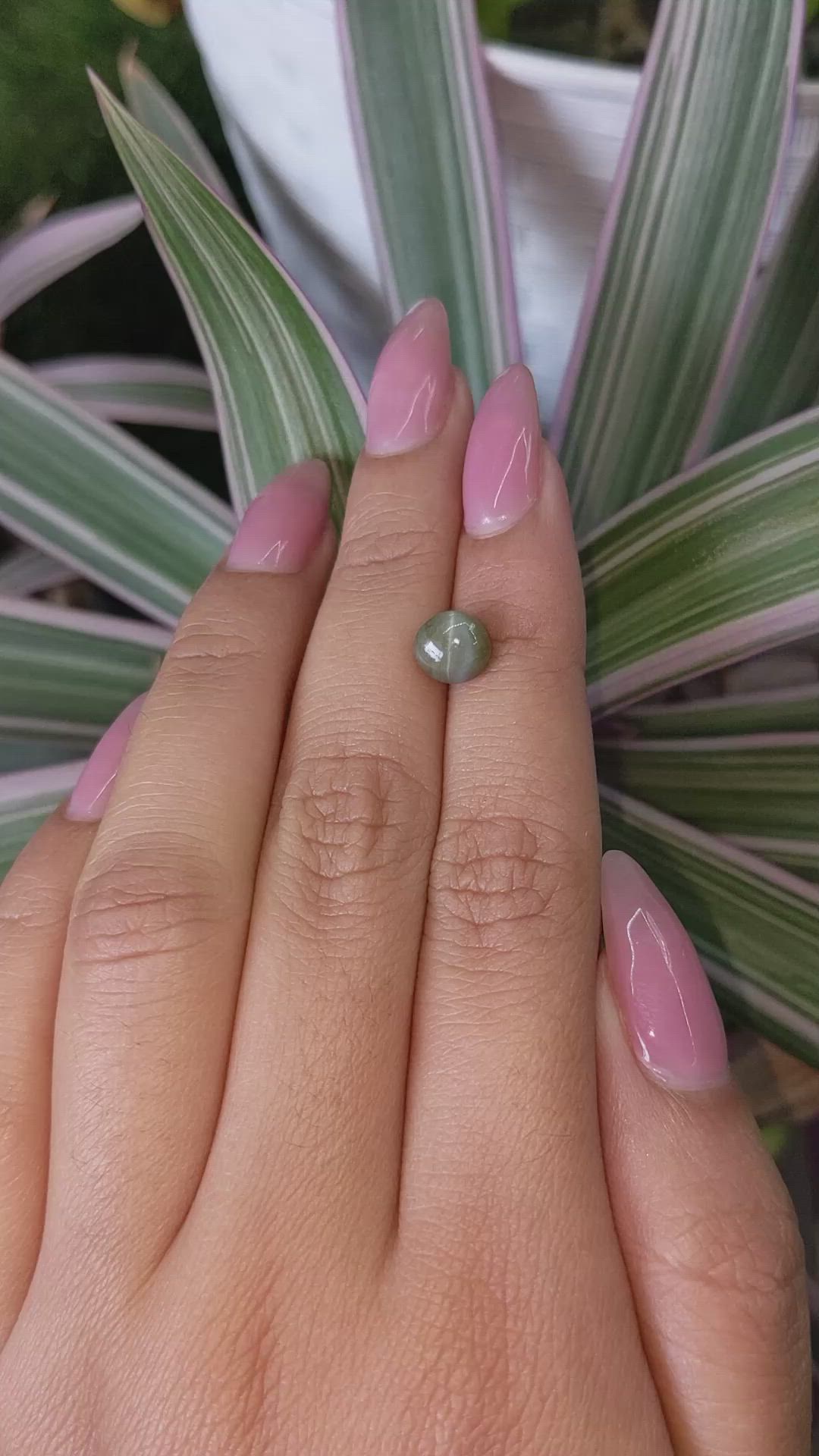
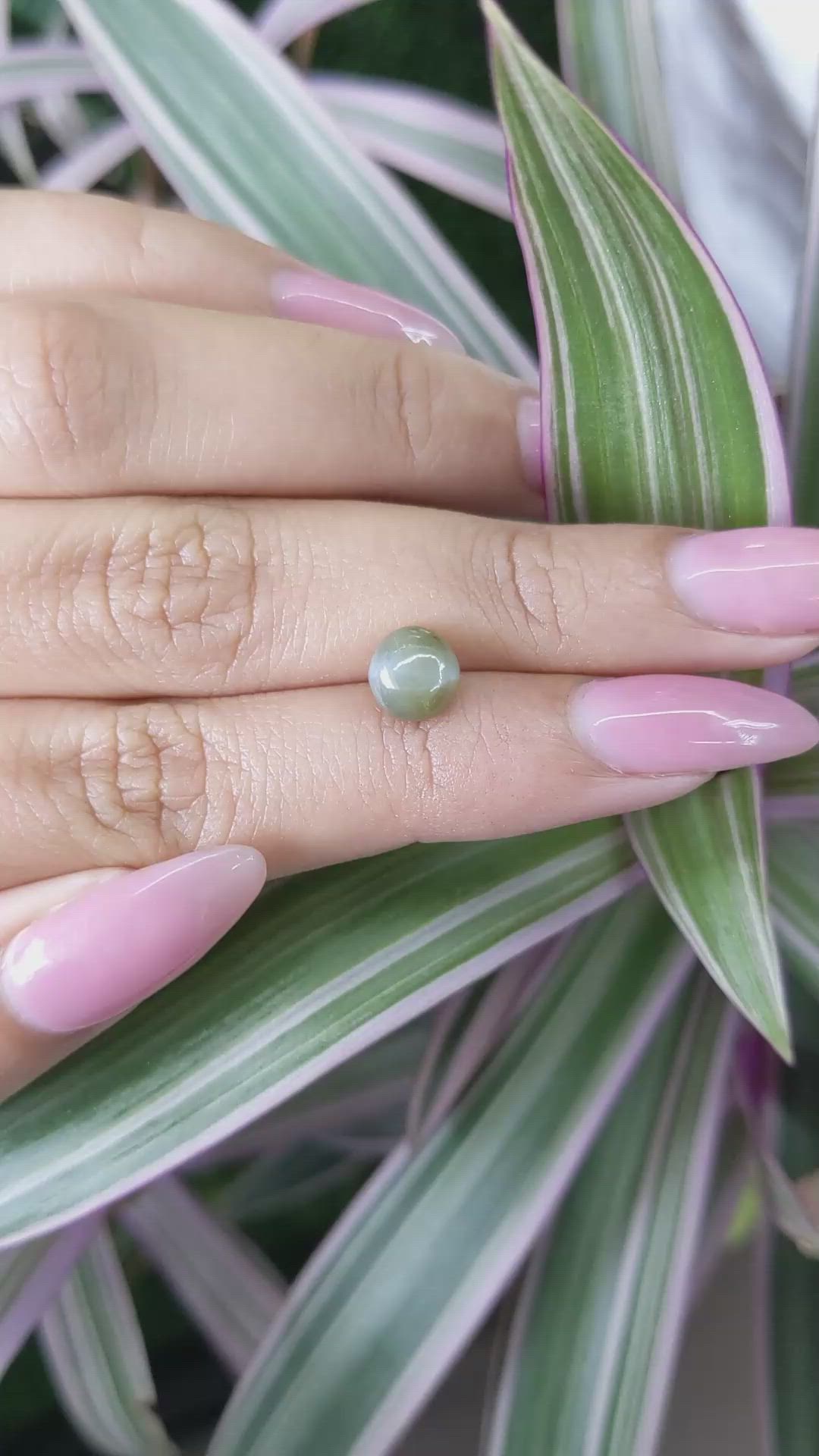

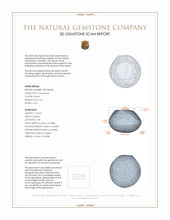

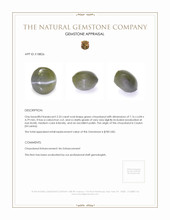
2.33 Ct. Cabochon Chrysoberyl from Ceylon (Sri Lanka)
This loose stone ships by Nov 22
Item ID: | K18826 |
|---|---|
Dimensions (MM): help | Length: 7.16 Width: 6.84 Height: 4.79 |
Weight: | 2.33 Ct. |
Color: help | Green |
Color intensity: help | Medium |
Clarity: help | Very Very Slightly Included |
Shape: help | Oval |
Cut: | Cabochon |
Cutting style: | Cabochon |
Enhancements: help | No Enhancement |
Origin: help | Ceylon (Sri Lanka) |
Per carat price: help | $300 |
This listing describes a single, natural green chrysoberyl, weight 2.33 carats, fashioned as an oval cabochon with dimensions 7.16 x 6.84 x 4.79 millimeters. The stone is translucent, presenting a medium color intensity and an excellent polish that emphasizes the smooth dome and internal light play characteristic of cabochon-cut chrysoberyl. Clarity is assessed as very very slightly included at eye level, indicating only minimal internal features visible under normal viewing conditions, consistent with a natural origin and intact crystal structure. No enhancements have been applied to this specimen, and the gem is documented as originating from Ceylon, Sri Lanka, a region noted for producing chrysoberyl with stable color and well-formed material. For reference within our inventory, opal material of a complementary character is cataloged as White Opal, a distinct hydrated silica with different optical behavior and handling requirements than chrysoberyl.
When compared to lab-grown gemstones, this natural Ceylon chrysoberyl offers several material and provenance advantages. Natural stones carry a unique internal signature of their formation, including characteristic inclusions and growth features that provide both identification markers and aesthetic individuality. These features are evidence of geological history and are valued by collectors and connoisseurs. The absence of enhancement in this specimen preserves its natural state and supports long-term value retention. From a performance standpoint, chrysoberyl rates approximately 8.5 on the Mohs hardness scale, affording substantial resistance to abrasion and making it suitable for everyday jewelry; this contrasts with lab-grown materials and with White Opal, which is significantly softer and more sensitive to thermal and moisture variation. While some lab-grown gems can match the chemical and optical properties of their natural counterparts, they do not replicate provenance, rarity, or the specific combination of natural inclusions that influence optical depth and character. The Natural Gemstone Company maintains documentation of origin and treatment status to support informed acquisition, and prefers transparent presentation of natural attributes to allow purchasers to assess the practical and aesthetic distinctions between natural and laboratory-grown gemstones.

